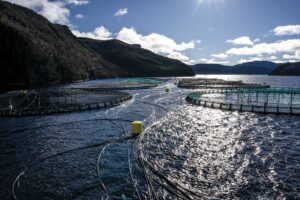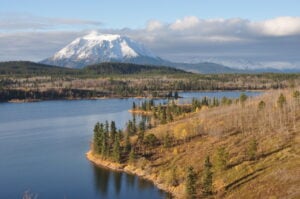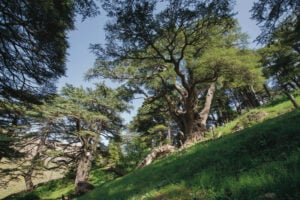Fifteen years seems a short time. Yet today, the Wynias, who had a farm, now inhabit a forest. The trees dwarf their house. Their yard resembles a scene from an old Disney animated movie: on a late spring afternoon, chipmunks dart across the shady patio and giant swallowtail butterflies flit past; the song of orioles fills the air. Anne rocks on a chair Dolf crafted from white oak.
“In the fall we have masses of edible mushrooms,” she says. In winter, crews trim the lower branches of the pines to make wreaths for Christmas; the pruning improves the trees’ value as timber.
Was the investment worthwhile? Dolf notes that, “right now, timber is growing faster in value than bank deposits. We can pass it on to the next generation.” The trees also capture carbon; Dolf, who hails from the Netherlands, estimates the couple could make 50 transatlantic round trips and still be carbon neutral.
Researchers with the Canadian Wood Fibre Centre call the Forest 2020 experiment a success; noting that if one plants the right forest for a site, one can sequester carbon at rates much higher than initially anticipated. A Forestry Chronicle study found that, right now, landowners earn more money growing crops than trees. But those scientists add that higher future carbon prices will make planting forests more attractive. Opportunities for carbon-capture deals with corporations seeking carbon neutrality, such as airlines, may lure more landowners to make the same choice as the Wynias.
The Wynias, meanwhile, are content to love their forest. Anne has just one complaint.
“I would have put the larch by the house, because in the winter larch needles fall and the sun would come in,” she says. “Instead they put the white pine here and now it is shading the whole house in winter. I said to Dolf, ‘You are a forester. You should have known better.’”







